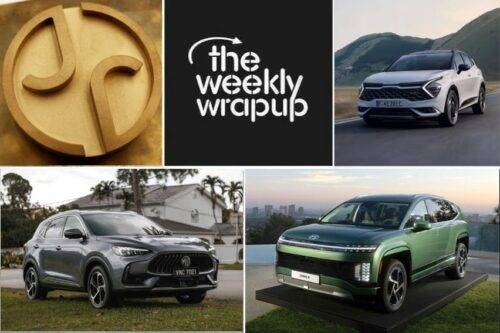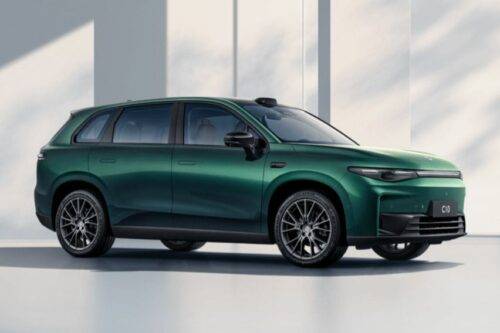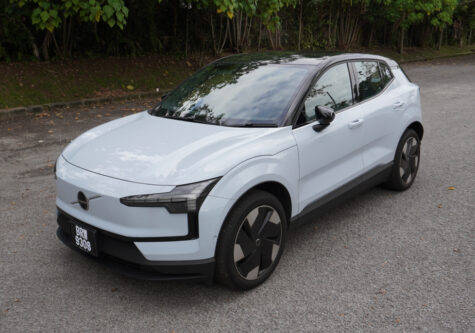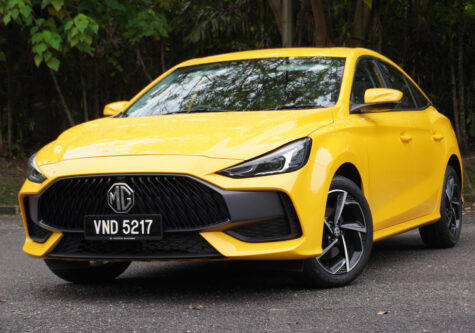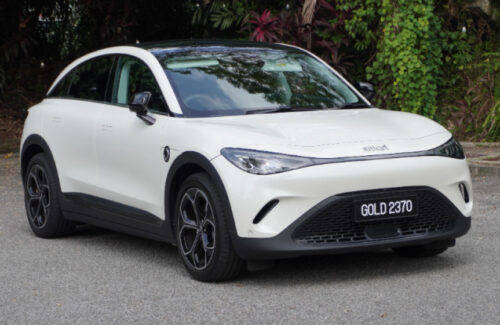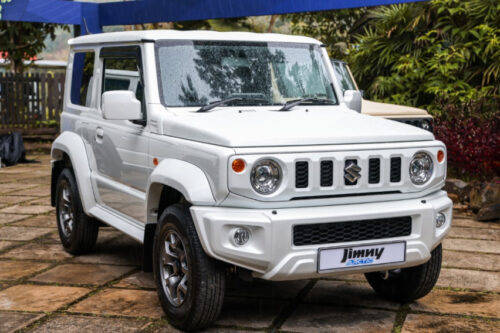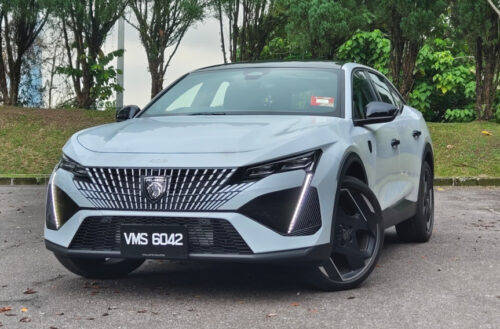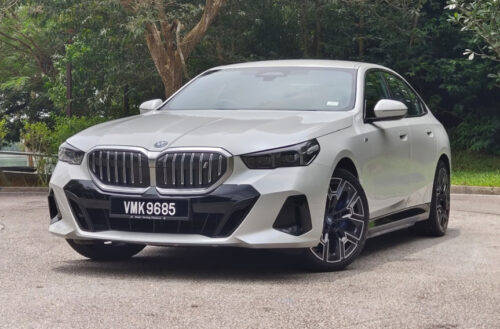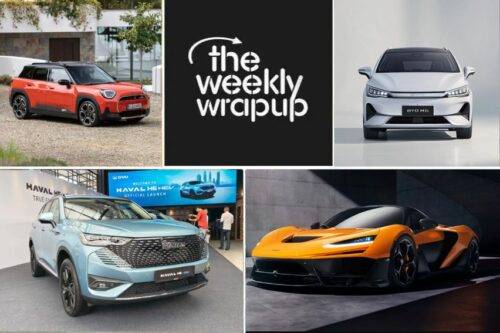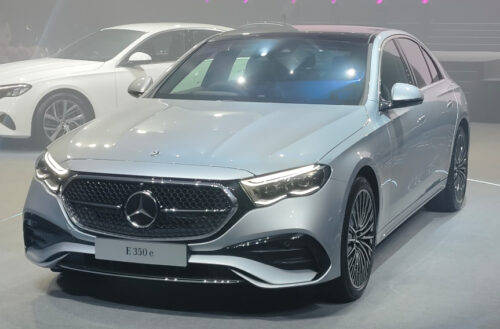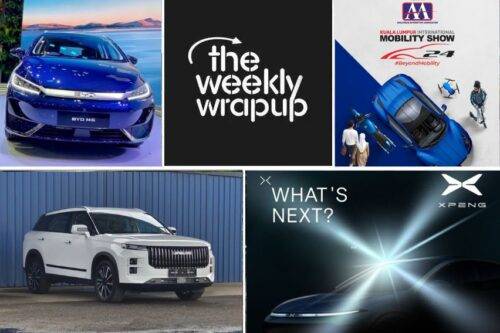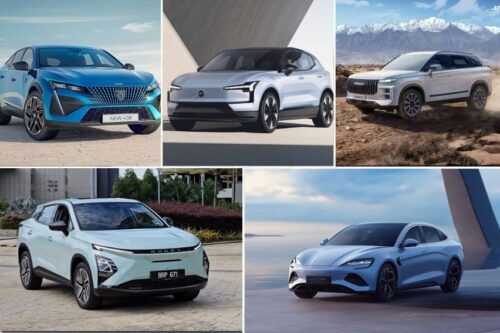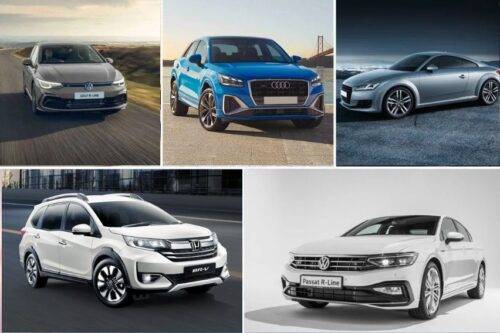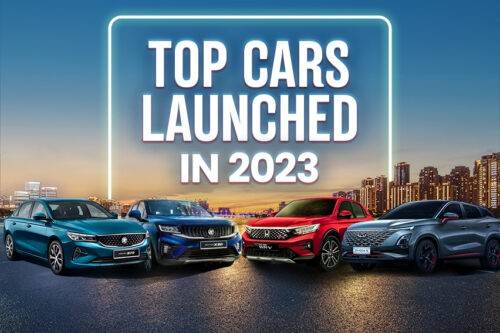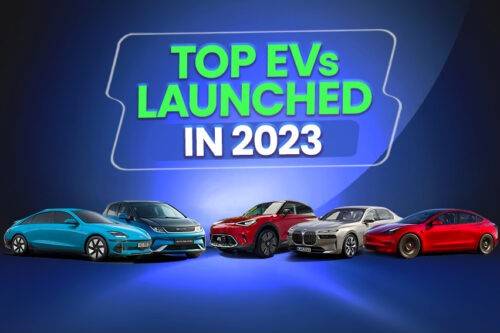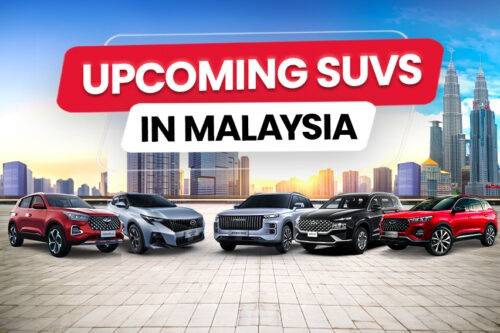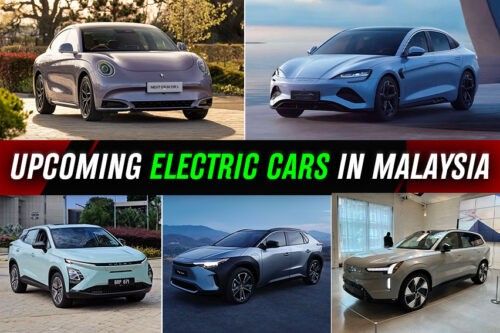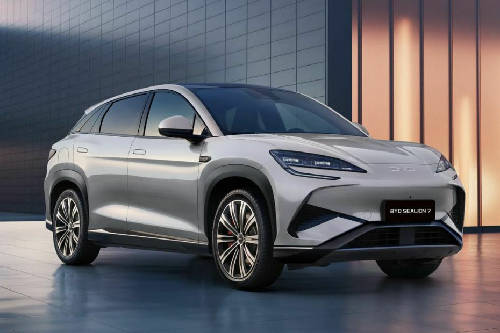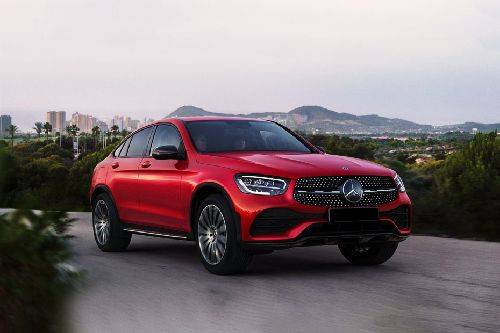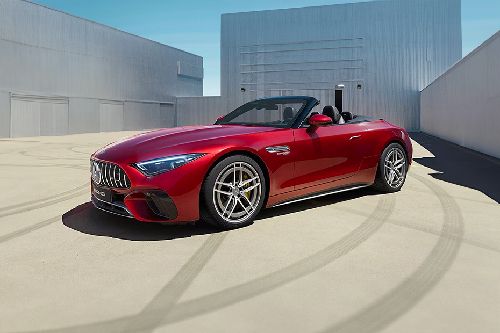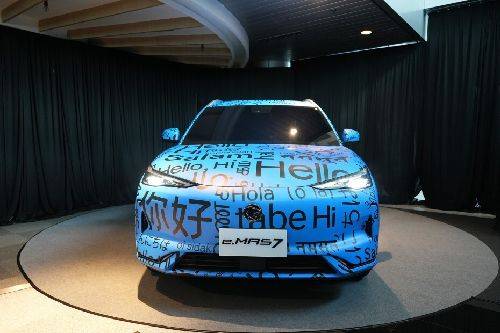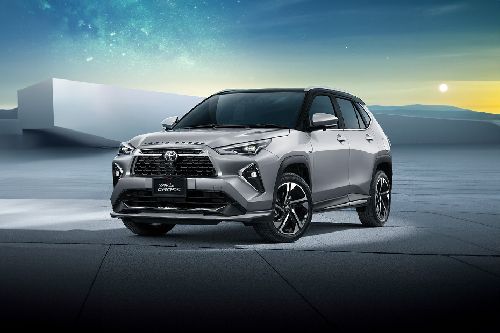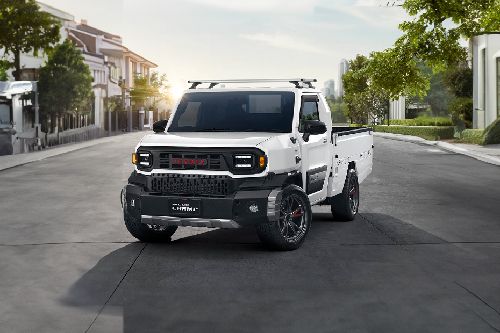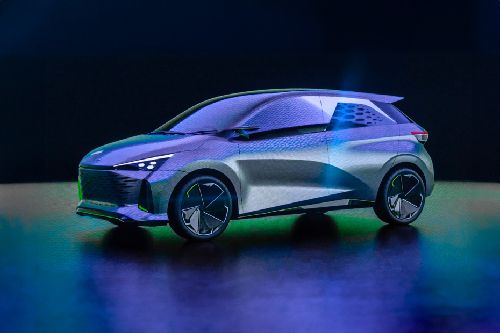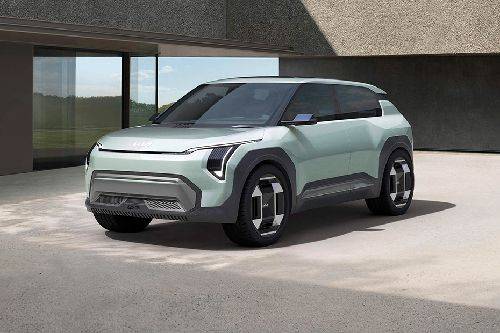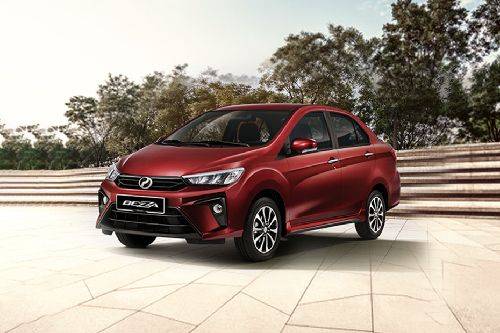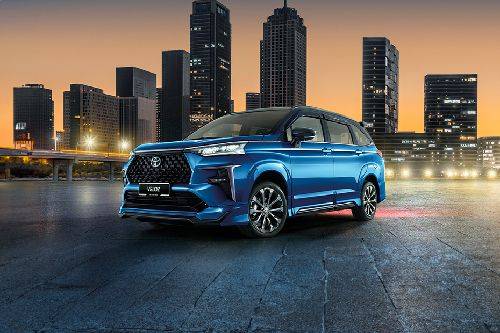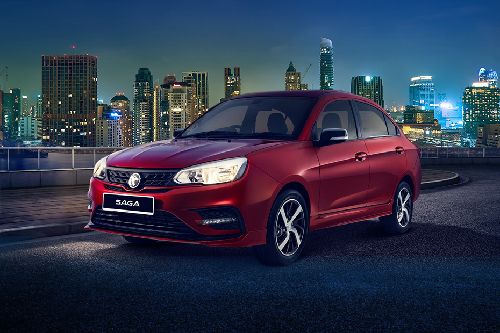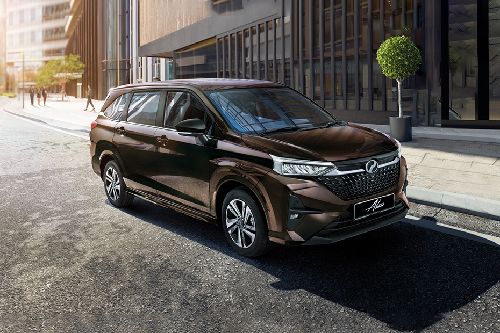Unfolding Malaysia’s new automotive policy
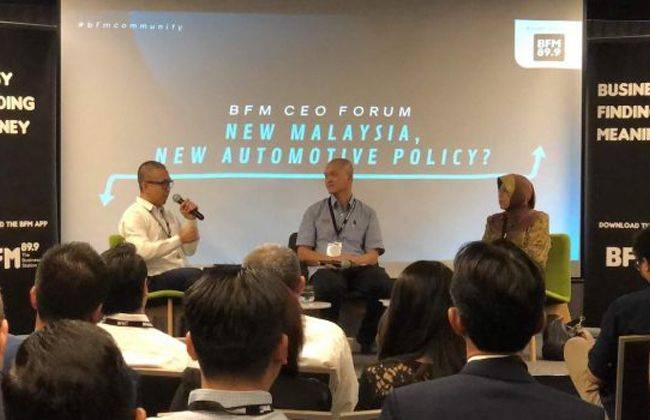
The introduction of Malaysia’s new National Automotive Policy has been delayed to the extent that crucial industry players have lost their interest.
Earlier the revised National Automotive Policy (NAP) was expected to be introduced in the first quarter of 2019. Obviously, that didn’t happen. The third quarter is also coming to an end, and we still see no light at the end of the NAP tunnel.

In fact, the new NAP is no longer a subject of interest for the earlier enthusiastic media houses. The limelight is now enjoyed by the third national car with all the stakeholders and agencies working on framing the NAP 2019 to fit the new project best.
Analyzing the rate at which things are accelerating, NAP 2019 seems to arrive by the year-end only.
A brief history -
National Automotive Policy was first introduced in 2016 for the integration and transformation of the local automotive industry with global and regional networks present in the ever-competitive environment.

NAP was first revised in 2009, followed by 2014. The last NPA revision emphasized on market expansion and green initiatives with the objective to make Malaysia EEV (energy-efficient vehicle) hub by 2020.
For 2019 NAP, automotive players have submitted their inputs, and it is to be seen what all feedback the Malaysian government considers. Let’s hope authorities take a well-measured decision and pick all the necessary elements.
In general, all that the automotive players want is the government to create a conducive and incentive business environment along with a level field that could take in new technologies.

Until the 2019 National Automotive Policy comes in, the players can initiate new business strategies and later adapt as per the new blueprint.
Meanwhile, let’s check out a few key elements that might be addressed in the National Automotive Policy in Malaysia.
1.Next-generation vehicles
As per reports, the NAP 2019 primary focus will be on the development of next-generation vehicle (NxGV) ecosystem with the country becoming a regional centre for NxGV manufacturing.
As per TMR, NxGv is defined as a vehicle that has achieved at least Level 3 automation, i.e., conditional automation, along with an EEV status.
Some parts of the industry are questioning NxGV practicality quotient in the local market. Though it might sound a bit ambitious, however, it’s important to be prepared with the vision to move forward.
So, don’t be surprised to see provisions for ‘flying car’ or car mobility in the NAP 2019.
2.Mobility-as-a-Service
Mobility-as-a-Service (MaaS) refers to combining different types of transport services to centralized mobility assistance.
MaaS will completely revolutionize the way people commute from point A to point B, here the services will be connected to transportation.
In standard terms, MaaS will have the digital platform as its support system and will manage end-to-end trip booking, planning, payment, and solutions across mode of transportation. It is to be noted that a robust 5G connectivity is a must for MaaS.
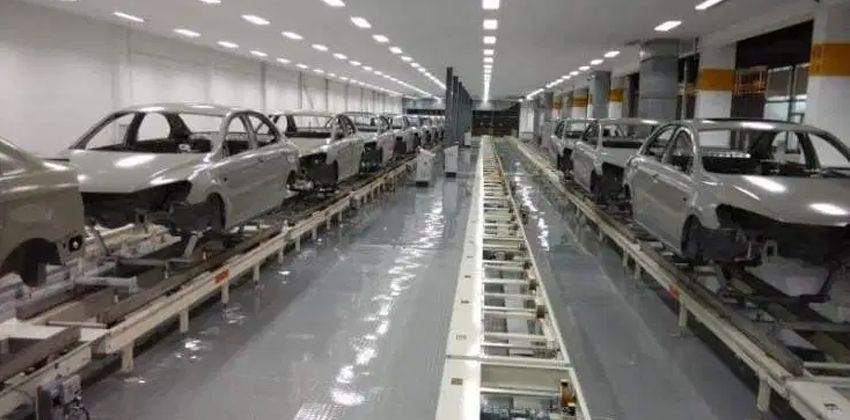
3.Better-defined incentives for EEVs
The previous national automotive policy had EEV as a critical component. However, with the absence of standardized incentives, broad policies over EEV, and differences in interpretation, the investment in the sector has suffered to a great extent.
Industry players have argued that different government agencies have a different interpretation of an EEV. The OEMs find it challenging to decide on investment in the sector due to uncertainty over the incentives they may receive. The automaker now demands greater clarity over the subject in the upcoming NAP.
4.More attention to commercial vehicles
Automakers and industry players believe that past NAP didn’t pay much focus on commercial vehicles as compared to passenger vehicles. And this might change with the NAP 2019.
Prospects of higher fuel standards and ubiquity of second-hand trucks are the top issues among the CV manufactures.
Overall the CV sector needs immediate attention, and we hope NAP 2019 addresses all the concerns.
5.End-of-life vehicle policy
The need of the hour is a strong end-of-the-life (ELV) policy. The Malaysian government deems the scrap car policy as sensitive. However, the industry wants to place a complete ecosystem that promotes safety and sustainability.
The scrapping policy is rejected by a few sections of the society, calling it unfair to the ones who are not in a position to buy a new car.
Only time will tell if the government is ready for ELV inclusion in the NAP with preliminary measures.
Stay turned with Zigwheels Malaysia for more such insight articles.
Also read: Malaysia to get a new national car model
Sell your car at the best price
 Verified and genuine buyers
Verified and genuine buyers
- Latest
- Popular
You might also be interested in
- News
- Featured Stories
- Latest
- Upcoming
- Popular
Latest Car Videos on Zigwheels



